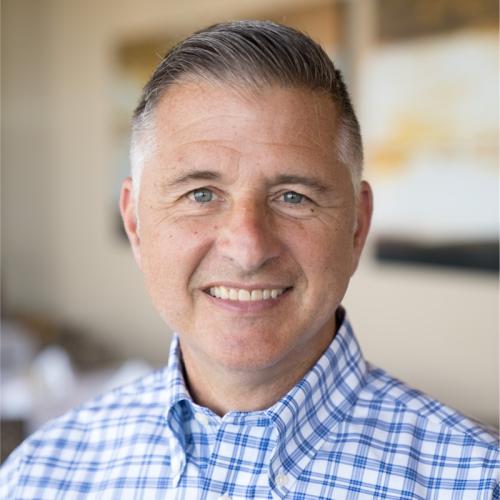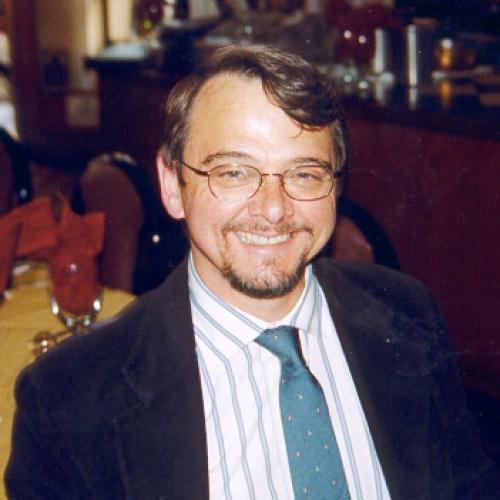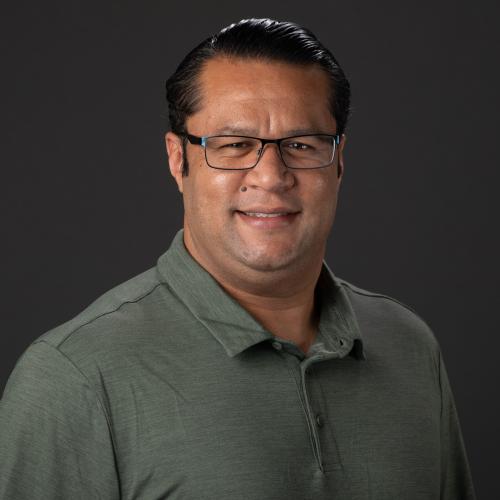With current trends in DRAM capacities and costs, in-memory database technology is rapidly becoming mainstream. Oracle Database In-Memory features a unique dual-format in-memory architecture designed to optimize the performance of simultaneous analytic and transactional workloads on the same data. In addition, the in-memory columnar technology for Oracle Database In-Memory is also available within the storage tier of the Exadata database machine, allowing for effective in-memory columnar capacities to approach 100s of Terabytes. In-memory processing is more than simply about speed; it enables a fundamental transformation in business processes. Just as air travel enabled more than faster travel - it fundamentally changed society, Oracle Database In-Memory similarly enables not just faster analytics and transactions, but a fundamental rethinking and drastic simplification of the traditional analytic architectures. In this session we will show how, especially when combined with Oracle's many converged database capabilities, Database In-Memory allows for the development of a new class of real-time enterprise applications, with significant reduction in cost and complexity, while providing unmatched performance across a wide range of workloads.

Tirthankar Lahiri
Tirthankar Lahiri is Vice President of the Data and In-Memory Technologies group for Oracle Database and is responsible for the Oracle Database Engine (including Database In-Memory, Data and Indexes, Space Management, Transactions, and the Database File System), the Oracle TimesTen In-Memory Database, and Oracle NoSQLDB. Tirthankar has 22 years of experience in the Database industry and has worked extensively in a variety of areas including Manageability, Performance, Scalability, High Availability, Caching, Distributed Concurrency Control, In-Memory Data Management, NoSQL architectures, etc. He has 27 issued and has several pending patents in these areas. Tirthankar has a B.Tech in Computer Science from the Indian Institute of Technology (Kharagpur) and an MS in Electrical Engineering from Stanford University.











